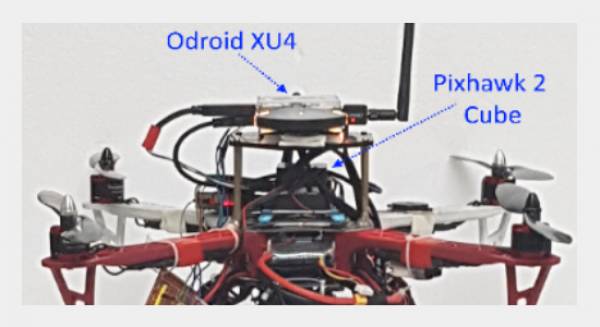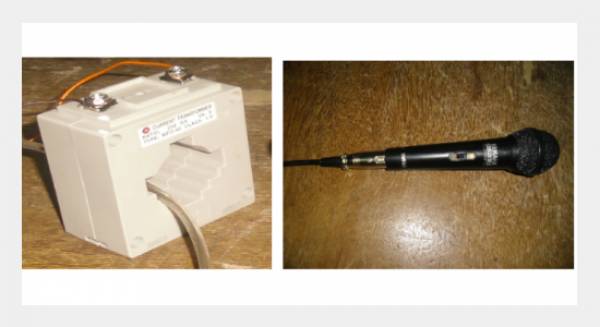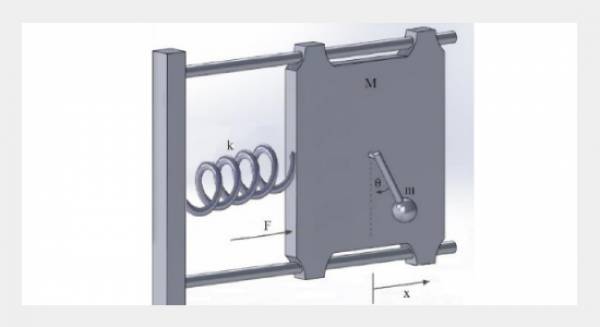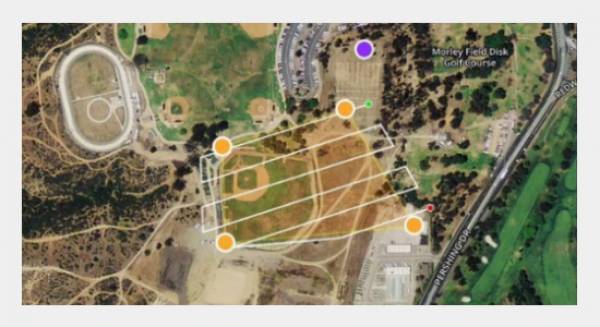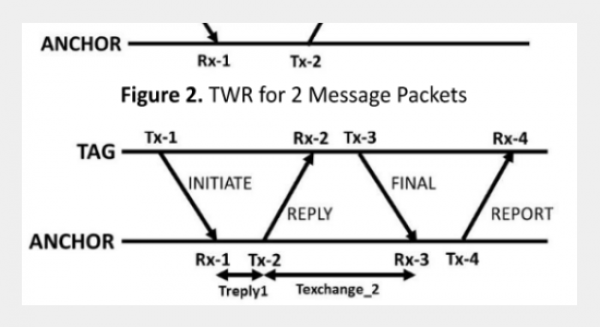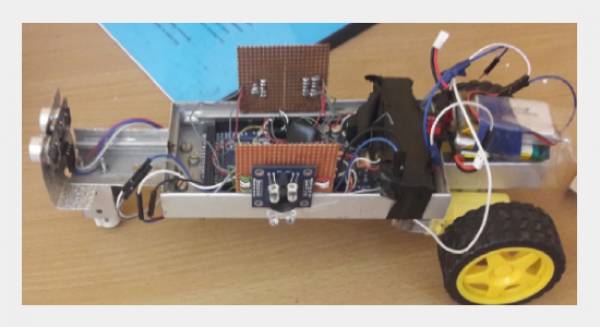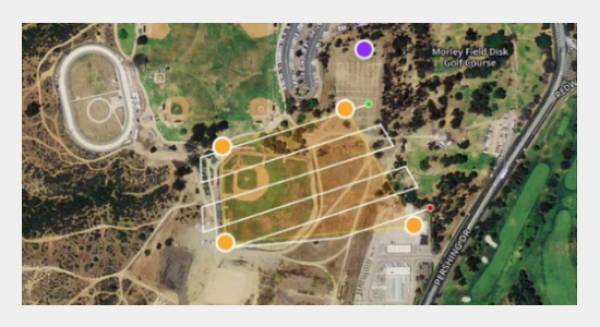Human-robot interaction (HRI) has become an increasingly important field in recent years, with the development of advanced artificial intelligence and robotics technologies enabling robots to perform a wide range of tasks and interact with humans in various settings. Robotics has made tremendous progress in terms of capability and efficiency. However, many existing robotic technologies fail to account for the background knowledge during operation in a task context. In particular, a lack of context awareness may cause huge misunderstandings between humans and robots, leading to undesirable situations (e.g., accidents). To effectively deal with such problems, there is a need to address the underlying issue, i.e., ignorance of task context, by providing adequate contextual information to the system/robot as soon as possible so that it can respond accordingly without causing more damage or potentially dangerous situations. However, one major challenge in HRI is the ability of robots to understand and adapt to the context in which they operate, as well as the semantics of the language used by humans.
Context awareness and semantic understanding are crucial for enabling robots to communicate effectively with humans and to perform tasks in a way that is meaningful and intuitive to the user. For example, a robot working in a hospital may need to understand the specific context of a patient's room and the semantics of medical terminology to carry out tasks such as taking vital signs or administering medication. Human-Robot Interaction (HRI) is a rapidly growing technology field. With extensive research on HRI and its applications, issues such as interactions, data processing, and robotics have been gradually optimized. However, there are still many challenging issues in the next generation of HRI that need to be considered. The most difficult challenge in context-aware human-robot interaction is that the robot needs to be aware of the current context to adapt its behavior and learn from it, leading to better interactions. The problem is compounded by the fact that many different contexts are dynamic and continuously changing. Integrating context-aware semantic optimization into the basic elements will be innovative to support the next generation of HRI.
In this special issue, we propose to focus on next-generation context-aware semantic optimizations for HRI, with a particular emphasis on the development of algorithms and technologies that can enable robots to better understand and adapt to their environment and the language used by humans. We welcome submissions from various disciplines, including computer science, robotics, artificial intelligence, psychology, and linguistics. We are particularly interested in papers that address the challenges and opportunities presented by the integration of context-aware semantic technologies in HRI and that showcase innovative and practical solutions to these challenges.
Submit your manuscrip here -> https://www.ausmt.org/index.php/AUSMT/about/submissions#onlineSubmissions
This special issue will be published on the new website -> https://gigvvy.com/journals/ausmt
The topics of interest included, but are not limited to:
- Context-aware natural language processing and understanding
- Design of New Context-Aware Semantic Optimizations for Human-Robot Interaction
- Semantic mapping and representation
- Context-aware task planning and execution
- Human-robot communication and dialogue
- Context-aware learning and adaptation
- Adaptation of Novel Context-Aware Semantic Optimizations for Human-Robot Interaction
- Application of Context-Aware Semantic Optimizations for Human-Robot Interaction in Developing Countries
- Adaptation of Novel Context-Aware Semantic Optimizations for Human-Robot Interaction
- Design of new context-aware semantic optimizations for human-robot interaction
Tentative Timeline for the Proposed Special Issue:
Submissions Deadline: December 25, 2023
First Reviews Due: February 28, 2024
Second Reviews Due: April 15, 2024
Notification of Final Decision: May 31, 2024
Publication Date: As per Journal Decision
Guest Editorial Team:

Dr. Brijesh Patel
Department of Mechanical Engineering,
National Taiwan University of Science and Technology,
Taipei 10607, Taiwan
Email: This email address is being protected from spambots. You need JavaScript enabled to view it., This email address is being protected from spambots. You need JavaScript enabled to view it.
Personal Website: http://brijeshpatel.in/
Research Link: https://scholar.google.com/citations?user=4U-t7mwAAAAJ&hl=en
ORCID Link: https://orcid.org/0000-0003-2663-4063
He received his Ph.D. in Mechanical Engineering from MATS University, India, in 2018. Currently, he is working as a assistant professor at the Department of Mechanical Engineering, National Taiwan University of Science and Technology, Taiwan. His research interests are Robotics and Drones, Industrial Aerodynamics, and Composite Materials.

Dr.Bhumeshwar Patle
Department of Mechanical Engineering,
MIT School of Engineering,
MIT Art, Design and Technology University,
Pune, India
Email: This email address is being protected from spambots. You need JavaScript enabled to view it.
Research Link: https://scholar.google.co.in/citations?user=4YANv3sAAAAJ&hl=en
ORCID Link: https://orcid.org/0000-0001-8038-6238
He received his Ph.D. at NIT Rourkela, India. he is currently workung as Associate Professor at MIT School of Engineering, MIT Art, Design and Technology University, India. His research interests include CAD/CAM, Robotics, Vibration, and Composite Materials.

Dr. Snehlata Barde
Department of IT, School of Information Technology,
MATS University, Raipur, India
Email: This email address is being protected from spambots. You need JavaScript enabled to view it.
Research Link: https://scholar.google.co.in/citations?user=wtoqpcsAAAAJ&hl=en
ORCID Link: https://orcid.org/0000-0002-9167-5235
She received her Ph.D. in Information technology and computer applications from Dr. C. V. Raman University Bilaspur, (C.G.). She obtained her MCA from Pt. Ravi Shankar Shukla University, Raipur, (C.G. )and M.Sc. (Mathematics) from Devi Ahilya University Indore, (M.P.). Her research interest, includes Digital Image Processing and its Applications in Biometric Security, Forensic Science, Pattern Recognition, Segmentation, Simulation and Modulation, Multimodal Biometrics, Soft Computing Techniques.


